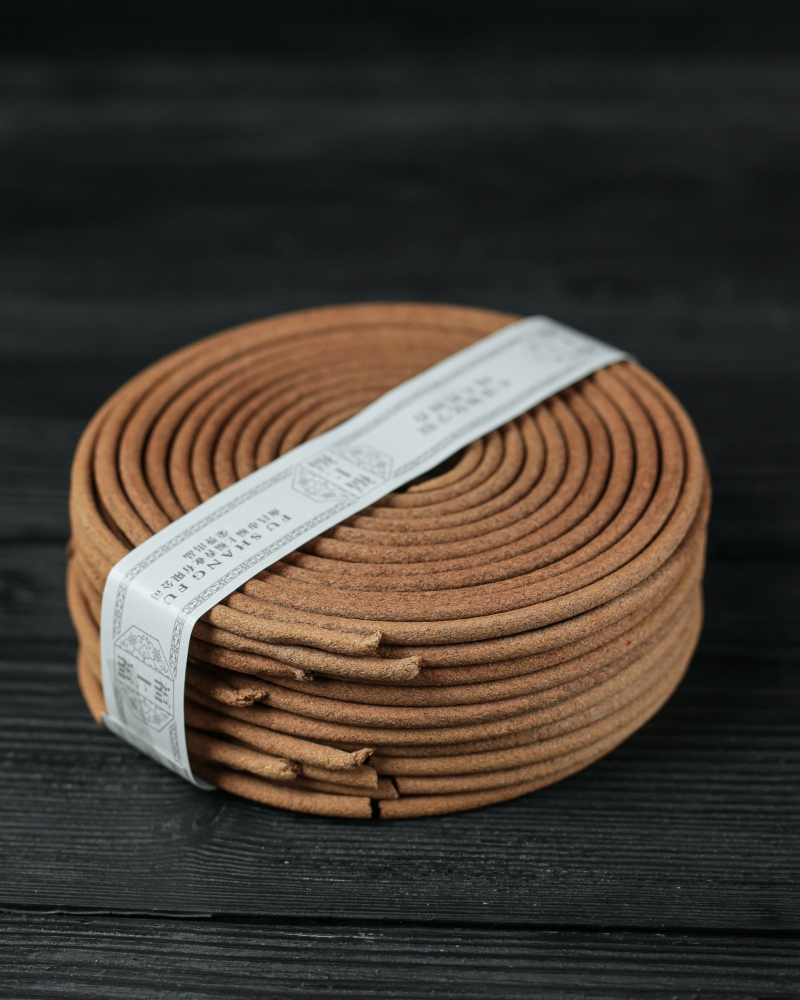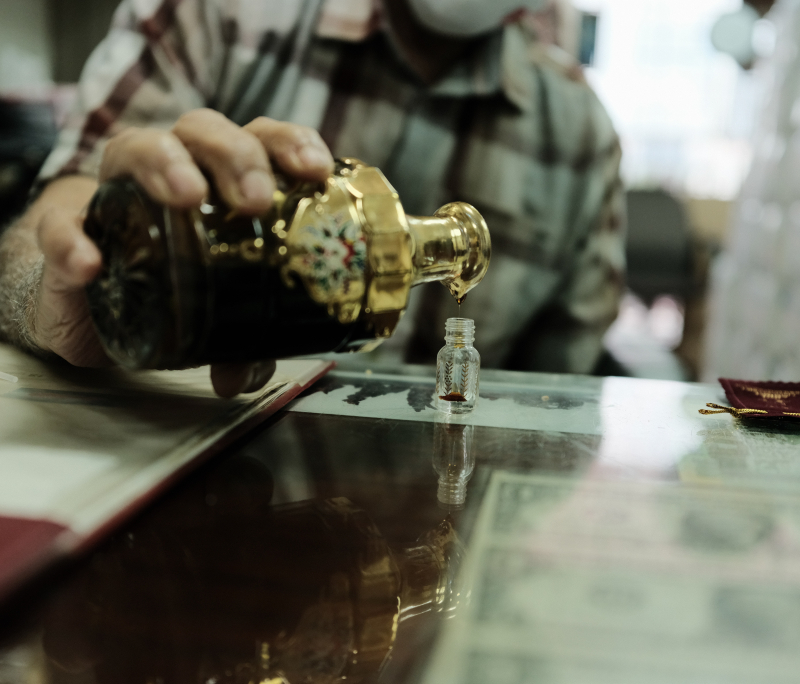Agarwood
If you've ever considered remodeling your home and possibly include some wood accents in the process, you are aware that not all wood is created equal. Compared to oak or cherry wood, certain knot-filled pine planks are much more affordable. Agarwood can be used if you truly want to go all out.
There is no such thing as an agar tree, and few people have ever heard of agarwood. There are just over a dozen various species of aquilaria trees, of which it derives, and you can find them in Indonesia, Thailand, Laos, and other countries in that region.
Phialophora parasitica, a fungal mold, must invade the heartwood of an aquilaria. This may occur if the tree sustains some sort of harm, exposing the interior and its otherwise inconspicuous wood. The tree attempts to defend itself by releasing resin once the fungus has taken hold. It is comparable to how white blood cells are produced in people to fend against infection. Over a period of time, this resin will soak up the heartwood and transform it into agarwood.
Because of its dark hue and strong fragrance, agarwood became highly treasured by the natives. Incense and other uses where the aroma and color might be appreciated were among its many uses. The agarwood must be manually carved, therefore the technique is not straightforward. And for this reason, the price of agarwood is so outrageous, with some top-shelf specimens fetching over $100,000 per kilogram.
- Cost: $100,000 per kilogram












